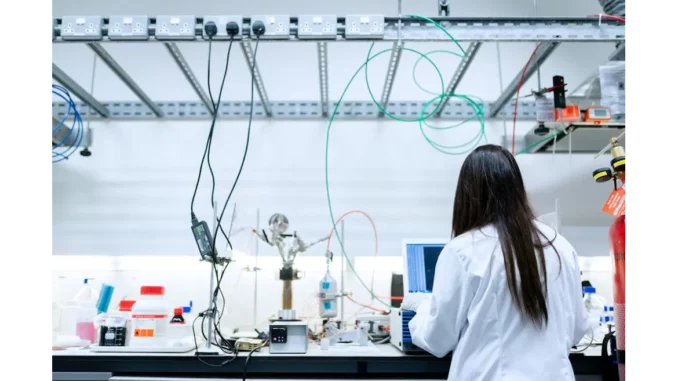
In the rapidly advancing landscape of technology, the intersection between human physiology and mechanical innovation has reached a new zenith. Recently, I had the opportunity to engage in a stimulating conversation with Dr Emily Hart, a distinguished authority in biomechanical engineering, to discuss the latest breakthroughs in prosthetic technology. Our discussion was both insightful and inspiring, vividly illustrating how biomechanics is transforming possibilities for amputees worldwide.
Dr Hart welcomed me with an enthusiastic smile, her passion for the field unmistakable. “We’re at a transformative juncture,” she began, “where technology is not merely replicating human abilities but is seamlessly integrating with them, overcoming barriers that once seemed insurmountable.” Her words set the stage for an exploration of the profound impact of modern biomechanics in the realm of prosthetics.
As we delved deeper into the subject, Dr Hart highlighted the revolutionary influence of robotics and artificial intelligence on prosthetic devices. These innovations have propelled these devices from basic functionality to a realm where they can emulate the nuanced movements of natural limbs. “Imagine a prosthetic hand that adjusts its grip based on the object it encounters,” she illustrated, “or a leg that instinctively adapts to uneven terrain. This is no longer the stuff of science fiction.” Such advancements are not only enhancing the functionality of prosthetics but also significantly improving the quality of life for users.
Our conversation naturally transitioned to the topic of neural interface systems, a groundbreaking development in prosthetic technology. “These systems connect directly to the nervous system,” Dr Hart explained, “allowing users to operate their prosthetics with the same thought processes they would use for a natural limb. It’s intuitive and offers a level of control and feedback previously deemed unimaginable.” This integration provides users with a more natural and responsive experience, bridging the gap between machine and human.
Dr Hart also emphasised the importance of advanced materials in these cutting-edge prosthetics. Materials such as carbon fibre composites and titanium play a crucial role. “They are lightweight yet robust, providing strength without compromising on comfort,” she noted. “This is essential for individuals who depend on these devices daily.” The innovation extends beyond materials and interfaces to techniques like osseointegration, where a titanium fixture is implanted directly into the bone. “It’s revolutionary,” Dr Hart commented. “By removing the need for external sockets, users gain improved stability and control. This technique also paves the way for direct neural and muscular connections, enhancing biomechanical interactions.”
Throughout our discussion, it became evident that today’s engineers and scientists are adopting a holistic approach. The goal is not merely to create a functional limb but to ensure it replicates the natural human experience as closely as possible. This philosophy is particularly evident in the development of paediatric prosthetics. “Children present unique challenges,” Dr Hart acknowledged. “Their bodies are constantly growing, and their activity levels vary. We’ve developed modular designs that adapt as they grow, ensuring they don’t outgrow their prosthetics. And it’s not just about walking or everyday tasks. We’re crafting activity-specific devices—running blades, swimming prosthetics—allowing them to fully engage in life.”
Dr Hart’s dedication to her work was palpable, and she shared numerous stories of individuals who have benefitted from these advancements. From athletes competing in international competitions to children enjoying playtime in their backyards, the impact is profound. “The psychological effect is as significant as the physical,” she remarked. “Regaining that sense of normality, of participating without limitations, is invaluable.” Her accounts highlighted the transformative power of these technological advancements on the lives of those who use them.
As our conversation drew to a close, it became clear that these developments are not merely technical achievements but significant strides towards a future where prosthetic devices are indistinguishable from biological limbs in both form and function. The ongoing research and innovation in this field promise even more extraordinary breakthroughs. “There’s still so much to explore,” Dr Hart concluded, her eyes bright with the possibilities. “Every step we take is a stride towards a future where technology enhances human experience in ways we are only beginning to comprehend.”
Leaving the discussion, I felt a renewed sense of optimism. The barriers between human capabilities and technological innovation are truly being dismantled, one groundbreaking advancement at a time. The future of prosthetics is not just about restoring mobility but augmenting it, offering amputees a quality of life that was once beyond reach.


Be the first to comment